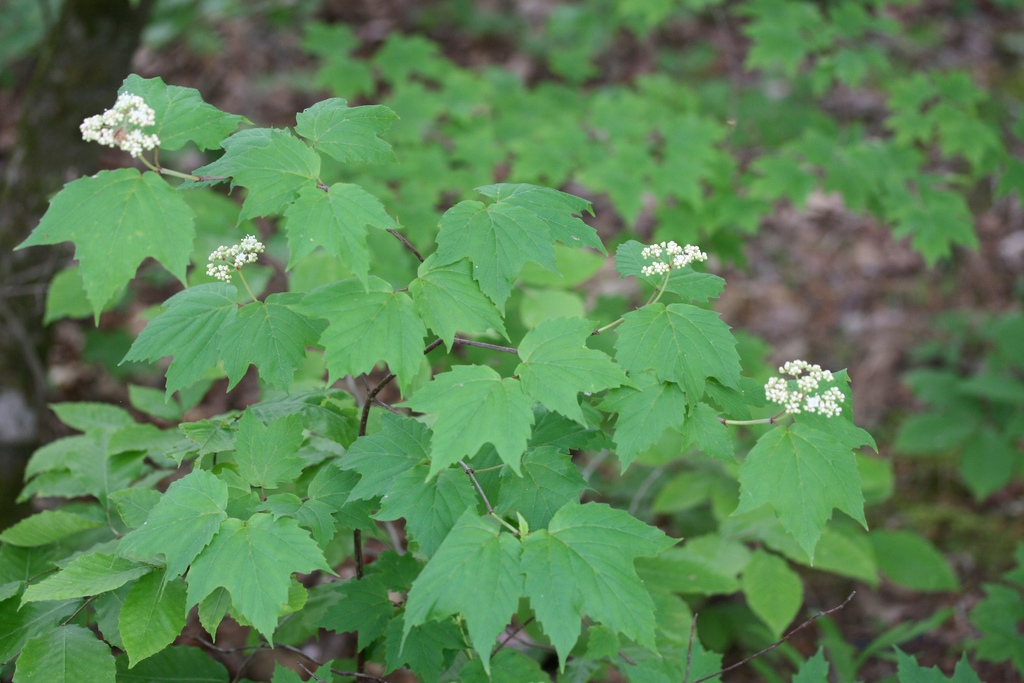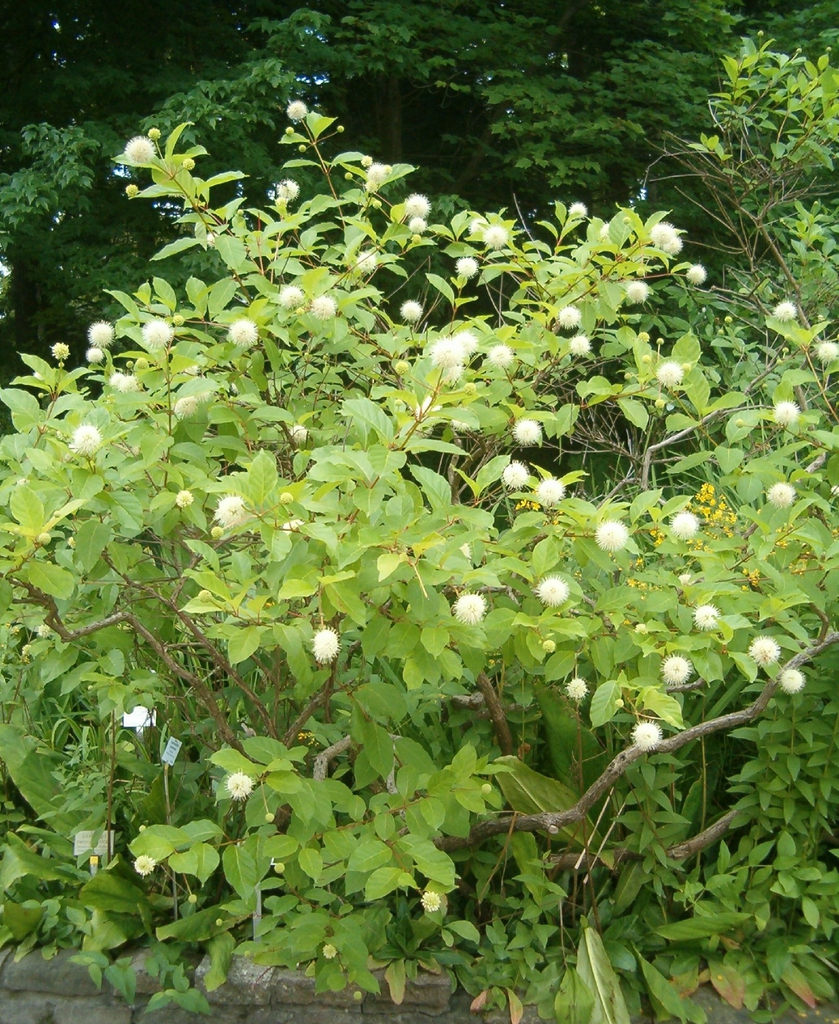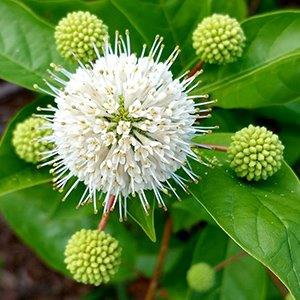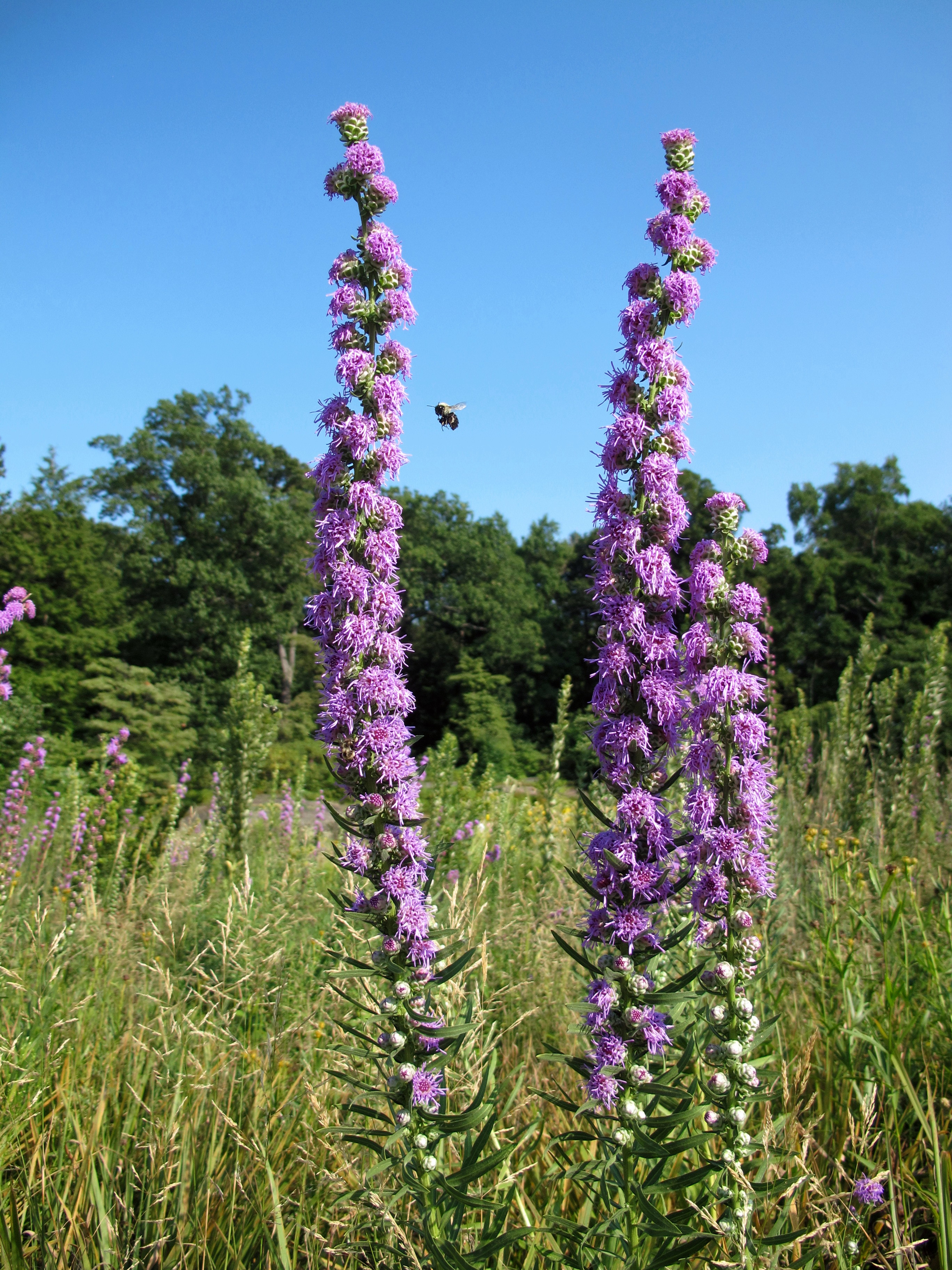Flora Fridays – July 26, 2024
go.ncsu.edu/readext?1016649
en Español / em Português
El inglés es el idioma de control de esta página. En la medida en que haya algún conflicto entre la traducción al inglés y la traducción, el inglés prevalece.
Al hacer clic en el enlace de traducción se activa un servicio de traducción gratuito para convertir la página al español. Al igual que con cualquier traducción por Internet, la conversión no es sensible al contexto y puede que no traduzca el texto en su significado original. NC State Extension no garantiza la exactitud del texto traducido. Por favor, tenga en cuenta que algunas aplicaciones y/o servicios pueden no funcionar como se espera cuando se traducen.
Português
Inglês é o idioma de controle desta página. Na medida que haja algum conflito entre o texto original em Inglês e a tradução, o Inglês prevalece.
Ao clicar no link de tradução, um serviço gratuito de tradução será ativado para converter a página para o Português. Como em qualquer tradução pela internet, a conversão não é sensivel ao contexto e pode não ocorrer a tradução para o significado orginal. O serviço de Extensão da Carolina do Norte (NC State Extension) não garante a exatidão do texto traduzido. Por favor, observe que algumas funções ou serviços podem não funcionar como esperado após a tradução.
English
English is the controlling language of this page. To the extent there is any conflict between the English text and the translation, English controls.
Clicking on the translation link activates a free translation service to convert the page to Spanish. As with any Internet translation, the conversion is not context-sensitive and may not translate the text to its original meaning. NC State Extension does not guarantee the accuracy of the translated text. Please note that some applications and/or services may not function as expected when translated.
Collapse ▲Native Plants for Pollinators
Plant pollinators, crucial to the reproductive success of many flowering plants, play a fundamental role in ecosystems worldwide. Plant pollinators are animals such as bees, moths, ants, mosquitoes, flies, birds, bats, and others. Native plants are especially vital to these pollinators as they have co-evolved over generations, offering specialized nectar, pollen, and habitat that sustain their populations. By planting native species, individuals can create resilient habitats that support a diverse array of pollinators, from bees and butterflies to birds and bats, thereby enhancing biodiversity and promoting the long-term health of ecosystems.
In this article, I present three native plants that will both grow well in Montgomery County and support pollinators. Prior to any planting, it is important to analyze the site. Soil testing can answer numerous initial questions, and instructions and supplies are provided by Cooperative Extension. What characteristics does the soil have? Is the bed acidic or alkaline? How does water move through the soil? The majority of the county is rocky clay, and sandy in the southeast corner. The soil is most likely slightly acidic, similar to other southern locations. Clayey soils hold a lot of water and drain slowly, while sandy soils hold less water and drain quickly. Using this knowledge, I have selected three native pollinator species suitable for local soil types.
Viburnum acerifolium – maple leaf viburnum
Spring blooming
This native can be found in forests across the state, but also makes a great landscape plant! The maple leaf viburnum, as the name implies – has leaves similar to maple trees. However, this plant is a low growing shrub that does well in partial sun. It also has attractive blooms of small white flowers, followed in the fall by dark fruits consumed by wildlife. When planting maple leaf viburnum, give it plenty of room to spread. It tends to send up suckers from the base and the roots, which makes it a great filler plant in various garden types.

Summer foliage (Lisa Kimmerling CC BY-NC 4.0)

Fruit and fall foliage (Katja Schulz CC BY 2.0)
Cephalanthus occidentalis – buttonbush
Summer blooming
If you have been on the shores of our region’s lakes in the summer, you may have come across buttonbush. This striking shrub does best in soils that remain moist or even wet. In nature, you may find them in swamps, inlets, bogs, and other wetland areas. In your backyard, this plant is great for a rain garden or near a downspout. The blooms emerge in fireworks fashion, a sphere of flowers exploding into red-brown tipped anthers. Butterflies and hummingbirds are especially attracted to this species.

Blooming buttonbush (BotBin CC BY-SA 3.0)

Pom pom like flower cluster (Debbie Roos CC BY 2.0)
Liatris aspera
Fall blooming
Rough blazing star is a favorite of butterflies. These herbaceous perennials flower in tall spikes of showy purple flowers. The flowers bloom later in the summer and are a great source of late season bee forage. This plant does best in well drained or rocky soils. It can thrive in part sun, but also naturalize and spread in full sun meadow. This plant is a prominent part of many pollinator gardens, and one of the easiest to grow.

Tall spikes of purple flowers (NY Botanical Garden CC BY 2.0)
We hope you have enjoyed this edition of Flora Fridays! Please consider leaving feedback in the box below. At Extension, we are here to listen to and address your needs.
Check out past Flora Fridays.




